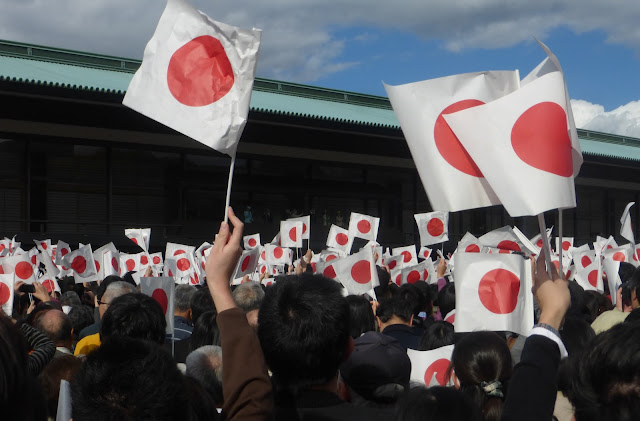Work of Milton Erikson
Milton Erikson is considered one of the grandfathers in psychology circles and there is a good reason for that. Erikson essentially combined talk therapy and hypnotherapy in a way that made it clear how therapy itself was more of an art than a science.
Milton’s biggest contribution was perhaps his open definition of what can be called hypnosis and how therapy could be done. Apparently not limited by definition, and protocol, many of Erikson’s cases seem improvised. It seems as if he was trying to figure out what worked and how and at the same time employing methods far removed from what could today be considered hypnotherapy. The best example is when asked what he does when clients cannot go into a trance, and his reply was that he ‘bores’ them into one.
Erikson was controversial and still remains to this day. His methods have been extended and studied to create ‘Eriksonian’ methodology that apparently many go on to study. Erikson himself probably found the confines of what came to be mainstream hypnosis too limiting. A lot of his cases show that there were times when the clients were not even in a trance. Erikson’s main focus is to relieve the problem of his clients rather than prove a methodology.
Despite the criticism his work has received, his was in a way the most pragmatic of any practitioner and opened up ways to look at language, personal influence, suggestion, and change. Probably more so than he ever imagined.
Umair Usman is a Rapid Transformational Therapy practitioner, a businessperson, and a blogger. You can know more about him at https://buff.ly/2zmc9rj #weightloss #healthandfitness #RTT #performance #goals #consultancy
x




Comments
Post a Comment